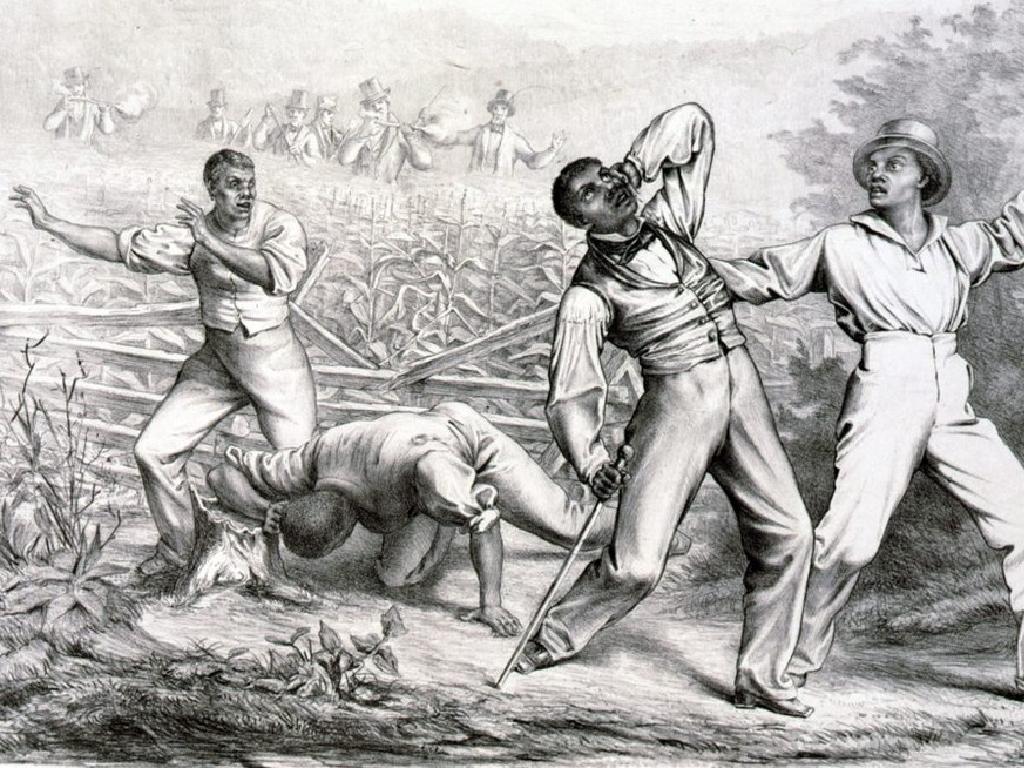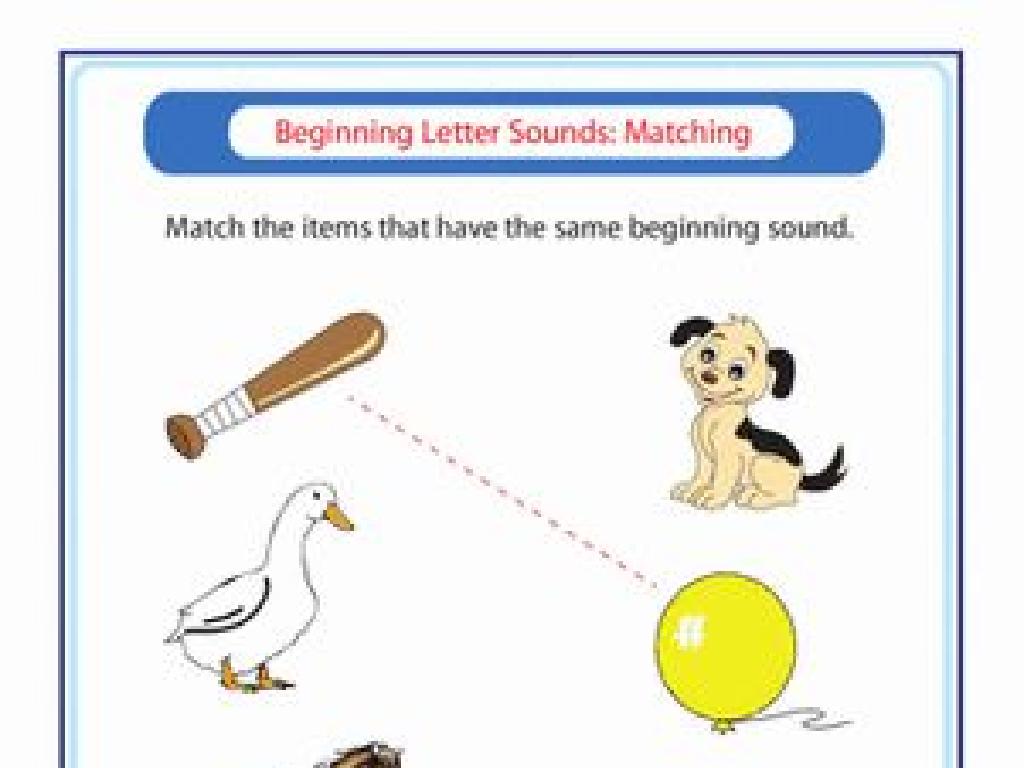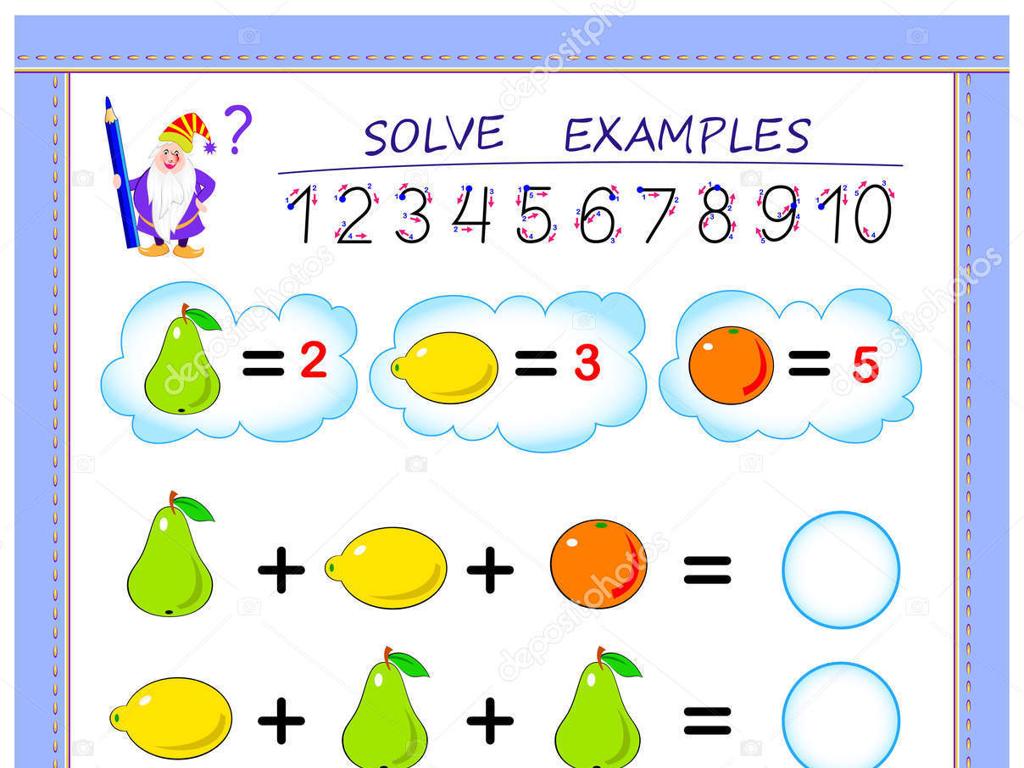Understanding Integers
Subject: Math
Grade: Sixth grade
Topic: Integers
Please LOG IN to download the presentation. Access is available to registered users only.
View More Content
Today’s Adventure: Understanding Integers
– What are integers?
– Integers include whole numbers and their opposites
– Positive vs. negative numbers
– Positive numbers are above zero, negative are below
– Zero: The middle point
– Zero is neither positive nor negative; it’s neutral
– Real-world integer examples
– Temperatures, elevations, and bank balances use integers
|
Introduce the concept of integers to the students by defining them as whole numbers that can be positive, negative, or zero. Explain that positive numbers are those greater than zero, found to the right on a number line, while negative numbers are less than zero, found to the left. Zero is the middle point that separates positive and negative numbers. Provide relatable examples such as temperatures (above/below freezing), elevations (above/below sea level), and bank balances (deposits/withdrawals) to illustrate how integers are used in everyday life. Encourage students to think of other examples where they encounter integers. This will help them understand the concept of integers and how they are applied in various contexts.
Exploring Integers
– Define integers
– Integers include all whole numbers and their negatives
– Whole numbers vs. integers
– Whole numbers are non-negative; integers can be negative
– Real-life integer examples
– Temperatures below zero, bank debts, or floors below ground level
– Practice with integers
|
Integers are the set of whole numbers and their opposites, including zero. Unlike whole numbers, which start from zero and include positive numbers, integers also encompass negative numbers. This concept is crucial for understanding math operations on a number line. Real-life examples, such as temperatures below zero (negative integers) or floors in a building below ground level (also negative), help students relate to the concept. Encourage students to think of other examples where they encounter integers. In the next class, we’ll practice identifying and working with integers through various exercises.
Positive and Negative Numbers
– What are Positive Numbers?
– Numbers greater than zero, e.g., 1, 2, 3…
– Exploring Negative Numbers
– Numbers less than zero, e.g., -1, -2, -3…
– Identifying Numbers on a Number Line
– Positive to the right of zero, negative to the left
– Practice with Real-life Examples
– Temperatures, elevations, and bank balances
|
This slide introduces students to the concept of positive and negative numbers, which are fundamental in understanding integers. Positive numbers are those above zero, found to the right on a number line. Negative numbers are below zero and located to the left on a number line. Use a number line diagram to visually demonstrate the placement of positive and negative numbers. Provide relatable examples such as temperatures (above/below freezing), elevations (above/below sea level), or bank balances (deposits/withdrawals) to illustrate the concept. Encourage students to think of other examples where positive and negative numbers are used. This will help them grasp the idea that integers are used in everyday life and are not just abstract concepts.
Adding Integers
– Rules for adding integers
– Use number line or + and – signs to add
– Adding positive numbers
– When adding positives, count up
– Adding negative numbers
– When adding negatives, count down
– Combining different signs
– Subtract smaller from larger, keep sign of larger number
|
This slide introduces students to the fundamental rules for adding integers. Start by explaining the use of a number line to visualize addition, or the concept of using plus and minus signs to represent the operation. Emphasize that adding positive numbers increases the value, similar to moving to the right on the number line. Conversely, adding negative numbers means decreasing the value, or moving to the left on the number line. When adding numbers with different signs, teach students to identify the larger absolute value and keep its sign after subtracting the smaller absolute value from it. Provide examples for each case and encourage students to practice with simple problems to solidify their understanding.
Subtracting Integers
– Rules for integer subtraction
– To subtract, add the opposite of the number being subtracted.
– Subtracting positive numbers
– When subtracting positives, count down the number line.
– Subtracting negative numbers
– Negatives become positives when subtracted; count up the line.
– Different signs subtraction
– If signs differ, subtract the smaller from the larger, keep the sign of the larger.
|
This slide aims to clarify the rules and methods for subtracting integers, which can often be a challenging concept for sixth graders. Start by explaining that subtracting an integer is the same as adding its opposite. Use a number line to visually demonstrate subtraction of positive numbers by moving to the left. For negative numbers, emphasize that subtracting a negative is like adding a positive, hence we move to the right on the number line. When the numbers have different signs, guide students to subtract the smaller absolute value from the larger one and keep the sign of the number with the larger absolute value. Provide plenty of examples and encourage students to practice with number lines and real-life scenarios to solidify their understanding.
Multiplying and Dividing Integers
– Rules for multiplying integers
– Same signs multiply to positive, different signs to negative
– Multiply positive & negative numbers
– Example: 3 x -4 = -12
– Rules for dividing integers
– Same rules as multiplication: same signs divide to positive, different to negative
– Divide positive & negative numbers
– Example: -15 ÷ 3 = -5
|
This slide introduces the basic rules for multiplying and dividing integers, which are foundational concepts in understanding arithmetic with negative numbers. Emphasize that the sign of the result depends on the signs of the numbers being multiplied or divided. Provide examples to illustrate that when multiplying or dividing two integers with the same sign, the result is positive, whereas if the signs are different, the result is negative. Encourage students to practice with additional examples and to remember these rules as they work through problems involving integers.
Real-world Applications of Integers
– Integers in money and finance
– Use positive integers for earnings, negative for debts
– Elevation levels and integers
– Above sea level is positive, below is negative
– Temperature changes with integers
– Increase in temperature is positive, decrease is negative
– Understanding positive and negative
|
This slide aims to show students how integers are used in everyday life. Integers represent both positive and negative quantities, which is useful in financial contexts where earnings can be represented by positive integers and debts by negative integers. Similarly, elevation is measured in integers, with sea level as the reference point; elevations above sea level are positive, while those below are negative. Temperature changes are also represented by integers, with rises in temperature denoted by positive integers and drops by negative integers. Encourage students to think of other examples where integers might apply and discuss why understanding positive and negative values is crucial in these real-world scenarios.
Class Activity: Integer Scavenger Hunt
– Find classroom integer examples
– Pair up for integer problem-solving
– Work together to solve problems involving integers
– Present findings to the class
– Share your examples and solutions with peers
– Reflect on integer applications
– Discuss how integers are used in everyday life
|
This interactive activity is designed to help students recognize and understand integers in a fun and engaging way. Students will start by searching the classroom for examples of integers, such as the number of chairs or the temperature outside. They will then pair up to solve integer-related problems, encouraging collaboration and peer learning. Afterward, each pair will present their findings to the class, fostering public speaking and confidence. As a reflection, discuss the importance of integers in daily life and how they appear in various contexts. Provide guidance and support throughout the activity, and prepare a list of integer problems suitable for sixth graders. Possible variations of the activity could include an integer scavenger hunt outside the classroom, online research for integer examples, or creating posters of their findings.
Wrapping Up: Integers & Looking Ahead
– Review today’s integer concepts
– Homework: Integer operations practice
– Solve addition, subtraction, multiplication, and division problems.
– Get ready for integer word problems
– We’ll apply today’s lessons to real-life scenarios tomorrow.
– Bring questions to next class
– Any difficulties? We’ll tackle them together!
|
As we conclude today’s lesson on integers, ensure students have grasped the basic concepts and operations involving integers. For homework, assign a variety of problems that require adding, subtracting, multiplying, and dividing integers to reinforce their understanding. Encourage students to prepare for the next lesson by thinking of how integers are used in everyday situations, which will be the basis for our word problems. Remind them to bring any questions they have to the next class for clarification. This will help them feel more confident in their ability to solve integer problems and understand their practical applications.






